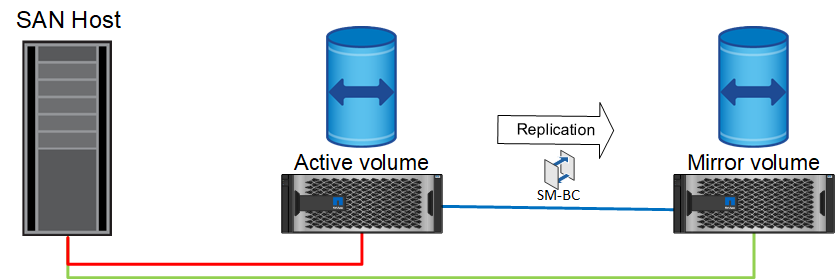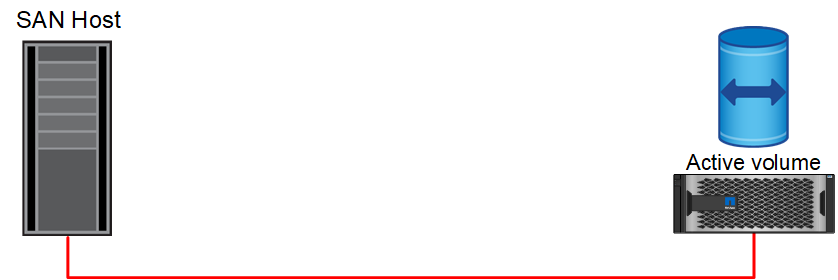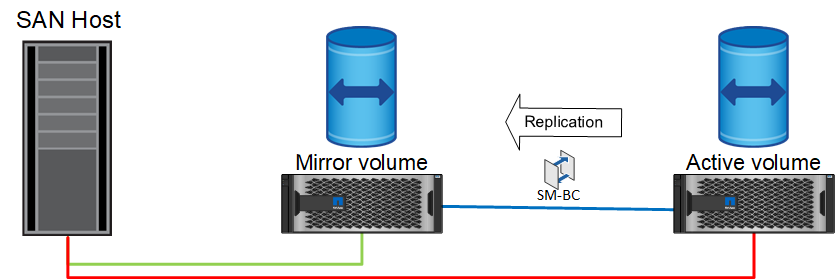Oracle database failover with SnapMirror active sync
 Suggest changes
Suggest changes


The primary reason for hosting an Oracle database on SnapMirror active sync is to deliver transparent failover during planned and unplanned storage events.
SnapMirror active sync supports two types of storage failover operations: planned and unplanned, which work in slightly different ways. A planned failover is initiated manually by the administrator for quick switchover to a remote site whereas unplanned failover is initiated automatically by the mediator on the third site. The primary purpose of a planned failover is to perform incremental patching and upgrades, perform disaster recovery testing, or adopt a formal policy of switching operations between sites throughout the year to prove full active sync capability.
The diagrams show what happens during normal, failover, and failback operations. For ease of illustration, they depict a replicated LUN. In an actual SnapMirror active sync configuration, the replication is based on volumes, where each volume contains one or more LUNs, but to make the picture simpler, the volume layer has been removed.
Normal operation
In normal operation a LUN can be accessed from either the local or remote replica. The red line indicates the optimized path as advertised by ALUA, and the result should be that IO is preferentially sent down this path.
The green line is an active path, but it would incur more latency because IO on that path would need to be passed across the SnapMirror active sync path. The additional latency would depend on the speed of the interconnect between sites that is used for SnapMirror active sync.

Failure
If the active mirror copy becomes unavailable, either because of planned or unplanned failover, it obviously will no longer be usable. However, the remote system possesses a synchronous replica and SAN paths to the remote site already exist. The remote system is able to service IO for that LUN.

Failover
Failover results in the remote copy becoming the active copy. The paths are changed from Active to Active/Optimized and IO continues to be serviced without data loss.

Repair
Once the source system is returned to service, SnapMirror active sync can resync replication but running the other direction. The configuration now is essentially the same as the starting point, except the active-mirror sites have been flipped.

Failback
If desired, an administrator can perform a failback and move the active copy of the LUN(s) back to the original controllers.




 Hyper-V
Hyper-V